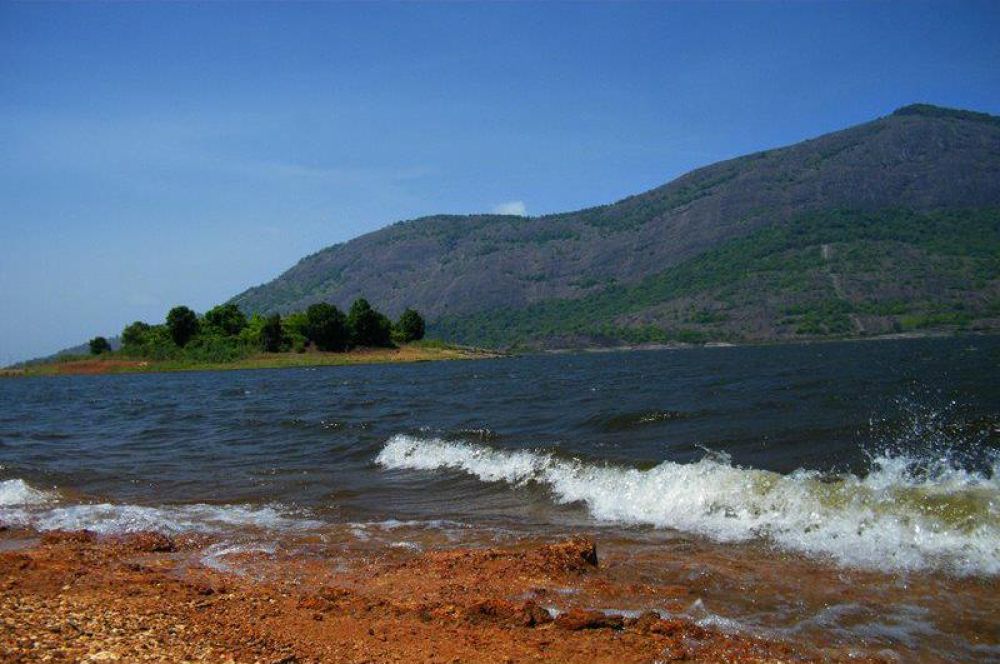

Located within the serene and lush landscapes of Palakkad, Kerala is the hidden gem of Kava. A quaint spot away from the bustling tourist tracks, Kava is not just a place, but a serenade of nature, teeming with verdant greenery, tranquil waters, and an enchanting ambience that captivates the hearts of all who visit. The history of tourism in Kava, albeit recent, is a testament to the growing search for untouched and serene destinations among travelers.
Kava didn't always enjoy the popularity it now holds amongst avid travellers. For a long time, it remained an obscure locale known primarily to the locals of Palakkad. Its proximity to the Malampuzha Dam - a more widely recognized tourist spot - meant that Kava was often overlooked in favor of its illustrious neighbour.
However, over the years, as the wandering souls started to seek out paths less trodden, Kava began to emerge as a tranquil reprieve from the more commercialized tourist locations. It is claimed that photographers and nature enthusiasts played a pivotal role in unveiling Kava's untouched beauty to the wider world. As images and tales of Kava's landscapes began to circulate, so did the influx of curious explorers.
The growth of social media has further amplified Kava's reach, allowing it to become a trending spot for those who seek solace in the lap of nature. Visitors to Kava are greeted by a large reservoir, surrounded by the Western Ghats, and trails that offer an escape into its thriving biodiverse environment.
In recent years, Kava's attractiveness as a tourism destination has only accelerated. Eco-tourism is at the forefront, with visitors seeking to connect with nature in an environmentally responsible way. Many tourists come here to partake in bird watching, nature walks, and photography tours that introduce them to the area's rich flora and fauna.
There is also a significant interest in local culture and rural tourism, where visitors immerse themselves in the life of the local communities. Home stays and cultural exchanges provide a unique insight into the lifestyles and traditions of the people in Palakkad, enriching the tourist experience manifold.
Health and wellness tourism is gaining momentum, with Kerala's reputation for Ayurvedic treatments and yoga retreats drawing visitors to Kava for rejuvenation amidst its peaceful surroundings.
The local government, along with tourism stakeholders, is mindful of the potential impacts of tourism on Kava's pristine environment. Sustainable practices are being encouraged to ensure that tourism growth does not come at the cost of ecological or cultural degradation. There is a strong movement toward keeping Kava's essential character intact while providing an enriching experience for tourists. This includes maintaining the balance between development and conservation.
As Kava continues to write its history in the chapters of Kerala's tourism story, it stands as a beacon for responsible travel and an epitome of nature's untouched beauty. For those willing to explore beyond the conventional, Kava offers a doorway into an experience that is as sustainable as it is soul-stirring.
In conclusion, Kava's journey from an uncharted territory to a beloved spot for nature lovers reflects the ever-evolving landscape of tourism in Kerala. While it garners more attention with each passing year, the essence of Kava's charm lies in its tranquility and the concerted efforts to preserve its natural splendor and cultural heritage.